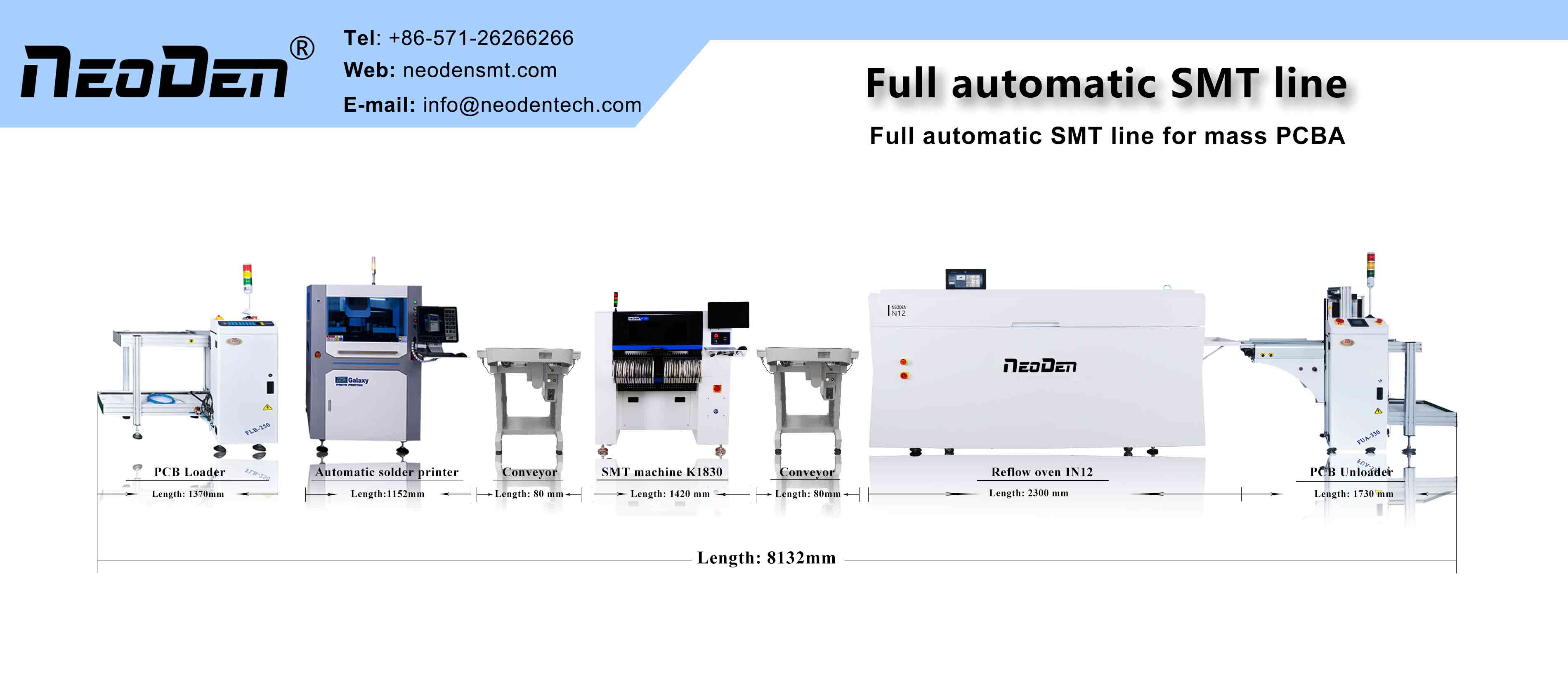BGA welding, put simply is a piece of paste with BGA components of the circuit board, through reflow oven process to achieve welding. When the BGA is repaired, the BGA is also welded by hand, and the BGA is disassembled and welded by the BGA repair table and other tools.
According to the temperature curve, reflow soldering machine can be roughly divided into four sections: preheating zone, heat preservation zone, reflow zone and cooling zone.
1. Preheating zone
Also known as the ramp zone, it is used to raise the PCB temperature from the ambient temperature to the desired active temperature. In this region, the circuit board and the component have different heat capacities, and their actual temperature rise rate is different.
2. Thermal insulation zone
Sometimes called the dry or wet zone, this zone generally accounts for 30 to 50 percent of the heating zone. The main purpose of the active zone is to stabilize the temperature of the components on the PCB and minimize temperature differences. Allow enough time in this area for the heat capacity component to catch up with the temperature of the smaller component and to ensure that the flux in the solder paste is fully evaporated. At the end of the active zone, the oxides on the pads, solder balls, and component pins are removed, and the temperature of the entire board is balanced. It should be noted that all components on the PCB should have the same temperature at the end of this zone, otherwise entering the reflux zone will cause various bad welding phenomena due to the uneven temperature of each part.
3. Reflux zone
Sometimes called the peak or final heating zone, this zone is used to raise the PCB’s temperature from the active temperature to the recommended peak temperature. The active temperature is always a little lower than the melting point of the alloy, and the peak temperature is always at the melting point. Setting the temperature in this zone too high will cause the slope of the temperature rise to exceed 2 ~ 5℃ per second, or make the peak temperature of reflux higher than recommended, or work too long may cause excessive cripping, delamination or burning of the PCB, and damage the integrity of the components. The peak temperature of reflux is lower than recommended, and cold welding and other defects may occur if the working time is too short.
4. The cooling zone
The tin alloy powder of the solder paste in this zone has melted and fully wetted the surface to be joined and should be cooled as quickly as possible to facilitate the formation of alloy crystals, a bright solder joint, a good shape and a low contact Angle. Slow cooling causes more of the board’s impurities to break down into the tin, resulting in dull, rough solder spots. In extreme cases, it may cause poor tin adhesion and weakened solder joint bonding.
NeoDen provides a full SMT assembly line solutions, including SMT reflow oven, wave soldering machine, pick and place machine, solder paste printer, PCB loader, PCB unloader, chip mounter, SMT AOI machine, SMT SPI machine, SMT X-Ray machine, SMT assembly line equipment, PCB production Equipment SMT spare parts, etc any kind SMT machines you may need, please contact us for more information:
Zhejiang NeoDen Technology Co., Ltd
Email: info@neodentech.com
Post time: Apr-20-2021

